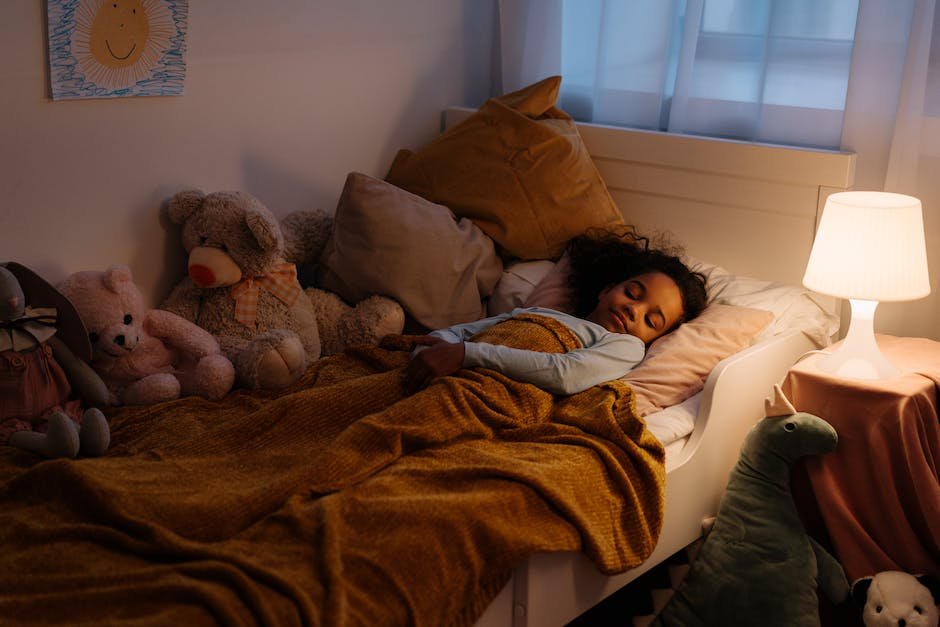
Sleep is an essential aspect of every individual’s health and wellness, particularly for children undergoing crucial developmental stages. However, this ostensibly simple process becomes an everyday struggle for many children diagnosed with Autism Spectrum Disorder (ASD). The challenges they face with sleep extend beyond the typical bedtime issues; they’re complex problems stemming from prevalent sleep disorders and intrinsic aspects of autism. Parents, educators, and healthcare professionals ought to understand these connections in order to provide suitable support and interventions for these children. Consequently, a comprehensive examination of sleep disorders, specifically sleep-related breathing disorders, and their relationships with autism is imperative for this understanding.
Understanding Autism and Sleep Issues
Heading: Unraveling the Mystery: Sleep Challenges in Children with Autism
It’s no secret that sleep plays a vital role in both our physical and mental well-being. It’s doubly essential for youngsters whose minds and bodies are in the midst of growth and development. Now, imagine coupling the ordinary complexities of a proper sleep cycle with the unique challenges presented by Autism Spectrum Disorder (ASD). For parents with children on the autism spectrum, this is a strikingly real scenario that warrants understanding, empathy, and effective strategies.
While as many as 80% of kids with autism wrestle with some form of sleep disruption, it’s imperative to acknowledge that these sleep issues are not an invulnerable barrier. Instead, they are circumstances warranting understanding and unique navigation. When children with ASD struggle with sleep, numerous aspects of their lives, and by extension, their family’s life, can be deeply affected.
Primary reasons for disrupted sleep in children with ASD often encompass physiological, developmental, and behavioral factors. Sleep problems could be tied to issues such as gastrointestinal disorders, epileptic disorders, or Attention-Deficit/Hyperactivity Disorder (ADHD) which are commonly witnessed among children on the spectrum. Also, anxiety and hyperactivity can contribute as potential hurdles.
When children with autism experience sleep problems, substantial ripple effects transpire. Parental stress escalates as sleep deprivation hits both child and parent, affecting the overall family dynamic. Siblings might be awakened frequently, or parents might need to maintain irregular sleep schedules to cater to the needs of the child, leading to overall household disruption.
Equally importantly, sleep deprivation can exacerbate the ASD symptoms a child exhibits. A child struggling with sleep might experience problems in their day-to-day routine, manifesting as an increase in hyperactivity, aggression, or other behavioral issues. Their capacity to focus and process information can decline, affecting their overall learning experience.
It’s critical to refrain from generalizations when addressing sleep shortage concerns in children with autism. Each individual’s experience with ASD is unique – hence, their responses to treatments will likely vary. Effective strategies include maintaining a structured sleep routine, creating a calming sleep environment, and incorporating personalized techniques based on the child’s preferences.
A potential game-changer is professional help. A sleep consultant, child psychologist, or an autism specialist can provide a different perspective and practical guidance. They might recommend a comprehensive sleep study to pinpoint specific issues, control factors with therapeutics, or suggest cognitive-behavioral therapy for issues related to worries or fears.
The journey through sleep challenges in children with autism, while daunting, is laced with hope and resilience. Remember, these challenges are not unassailable walls but rather hurdles that can be navigated with compassion, understanding, patience, and appropriate support. By working closely with their children, refreshing their approach, and availing professional help, parents can transform these challenges into stepping stones towards enhanced quality of life for their children and themselves.
For families juggling with ASD and sleep issues, remember to indulge in self-care and lean on your support groups. You’re doing an incredible job, and the journey, no matter how rough the road, is exceptionally worthwhile. As the beloved author, A.A. Milne beautifully encapsulated in Winnie The Pooh, “You’re braver than you believe, stronger than you seem, and smarter than you think.” Remember this, and keep going, one step at a time.
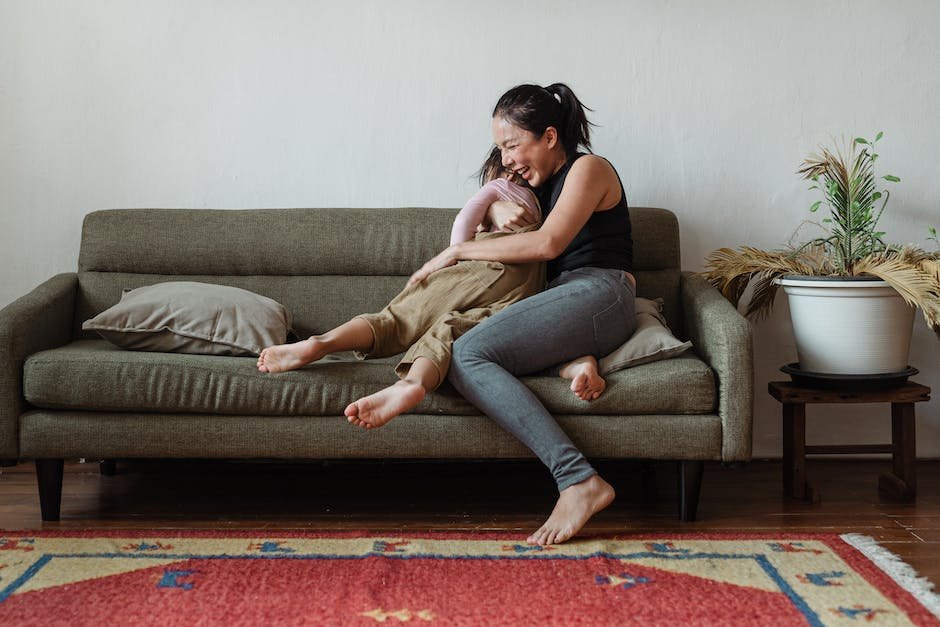
Recognizing Sleep-Related Breathing Disorders
Spotting Sleep-Related Breathing Disorders in Your Child: Signs and Tips
Understanding a child’s sleep behavior comes as naturally as breathing to most parents, enabling them to habitually distinguish between sleepy-time grumbles and sudden midnight wakens. However, discerning more serious sleep-related breathing disorders could appear more challenging. Early identification and intervention can mitigate the potential health complications associated with these disorders. So, let’s unmask the signs of sleep-related breathing disorders and wander through some tips that may help in their identification.
One of the clear signs your child may be suffering from a sleep-related breathing disorder is snoring. While it might seem cute initially, consistent snoring could indicate the presence of Obstructive Sleep Apnea (OSA). OSA, in simple terms, is a scenario where a child’s airway becomes partially or fully blocked during sleep, leading to temporary pauses in breathing. Therefore, paying close attention to sporadic breathing or complete pauses in breathing is crucial.
Tossing and turning, frequent sleep position changes, or the need to sleep in strange positions (like with the neck arched away from the bed or sleeping sitting up) are also potential indicators. Sweet child of yours might be wrestling with breathing more than the inconvenience of a bad dream!
Awakening with a dry mouth or throat, or complaints of morning headaches, should also set some alarm bells ringing. Breathing disorders can disrupt the balance of oxygen and carbon dioxide in the bloodstream, leading to such symptoms. As a network of loving parents united by a shared purpose — providing the best for our kids — these should be perceptions worthy of note.
Moreover, daytime sleepiness or trouble concentrating, despite getting adequate hours of sleep, is worth probing into. Sleep disruptions might not be as apparent at night but could manifest subtly during the day via these symptoms. Keep an eye out, dear community, because our kids’ health is a shared priority.
It’s essential to remember, though, that these signs do not necessarily confirm a sleep-related breathing disorder but are indicators that more investigative work might be required. So, rounding up the child’s health team (which could include a dentist, pediatrician, sleep specialist) as soon as some of these signs become conspicuous cannot be over-emphasized.
Additionally, consider keeping a sleep diary that documents your child’s sleep patterns, sounds, and positions. It’s like preserving jam, but we’re capturing snores in this case. This information can serve as valuable input in a discussion with your healthcare provider about your child’s sleep health.
Lastly, and most importantly, encourage open conversations with your child about their sleep experiences. Genuine and tender inquiries can motivate them to express any discomfort or fear associated with sleep. Remember, dear folks, our patient ears might just be the gateway to their better sleep.
In the vast realm of parenting, proper sleep for our children is a royal decree. Noticing the signs of potential sleep-related breathing disorders is part of the lifetime commitment we have made in ensuring our little royals grow and thrive with glee. Together, let’s cap the day with peaceful nights for our kids and, for us, blissful z’s.
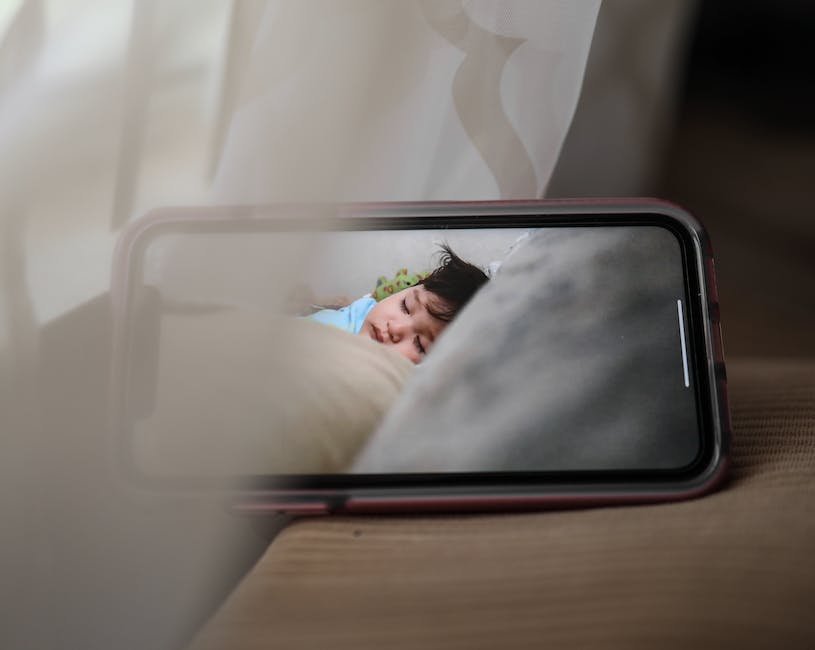
The Link Between Autism and Sleep-Related Breathing Disorders
It’s not uncommon for children, particularly those on the autism spectrum, to experience sleep-related breathing disorders (SRBD). This cluster of conditions, including obstructive sleep apnea, is characterized by repeated disruptions in breathing during sleep. These disruptions can significantly influence the quality and quantity of sleep a child gets.
Research indicates a unique relationship between autism and sleep-related breathing disorders. In fact, a study published in Pediatrics reported that children with autism were more likely than their neurotypical peers to have sleep apnea. There are a number of reasons why this might be the case. For one, children on the autism spectrum may have anomalies in craniofacial, neurological, or upper airway function that increase the risk of SRBD.
Being aware of the signs of sleep-related breathing disorders can make a world of difference in a child’s health, well-being, and even behavior. Snoring is a common symptom to look out for. It might seem harmless, and indeed, many children snore without issue. However, persistent, loud snoring could be a sign of a bigger problem. If your child seems to gasp or pause in their breathing while sleeping, it could indicate sleep apnea.
Unusual sleep positions, especially ones where the child contorts their body could also be a sign of a struggle for better airflow. Witnessing your child frequently toss and turn is another indicator that something might be amiss. While some tossing and turning is perfectly normal, excess movement, especially alongside snoring, should warrant attention.
A child who wakes up complaining of a dry mouth or throat or suffers from morning headaches could also be struggling from a sleep-related breathing disorder. These symptoms occur as a result of interrupted breathing. If your child exhibits these symptoms consistently, it’s advisable to consult with their healthcare provider.
The manifestations of sleep-related breathing disorders aren’t limited to nocturnal symptoms. Daytime sleepiness or trouble concentrating can be a direct result of the poor quality sleep they’re getting. SRBD can result in fragmented sleep, reducing the quality and restorative value of their slumber, leaving them lethargic and struggling to focus during the waking hours.
As caregivers, being observant and proactive is key. Keep a sleep diary for your child, recording what time they go to bed, wake up, and any notable occurrences during the night. This log could help indicate patterns and symptoms that could be beneficial when consulting with health care professionals.
Equally important is having open conversations with your child about their sleep experiences. Let them know it’s okay to communicate if they’re having trouble sleeping, feeling tired, or if anything else about their sleep seems ‘off’. This can help them feel safe and cared for, and simultaneously provide valuable insight into their sleep health.
Remember, proper sleep is fundamental in a child’s life—it impacts their mood, behavior, learning, and overall growth. It’s easy to normalize certain behaviors or to assume they’re merely facets of their autism. However, it’s essential to recognize when there may be another factor at play. Keeping the lines of communication open, perceptive observations, and proactive consultations with healthcare professionals can give your child a better circumstance for restful sleep, positively influencing their health and well-being in the long run.
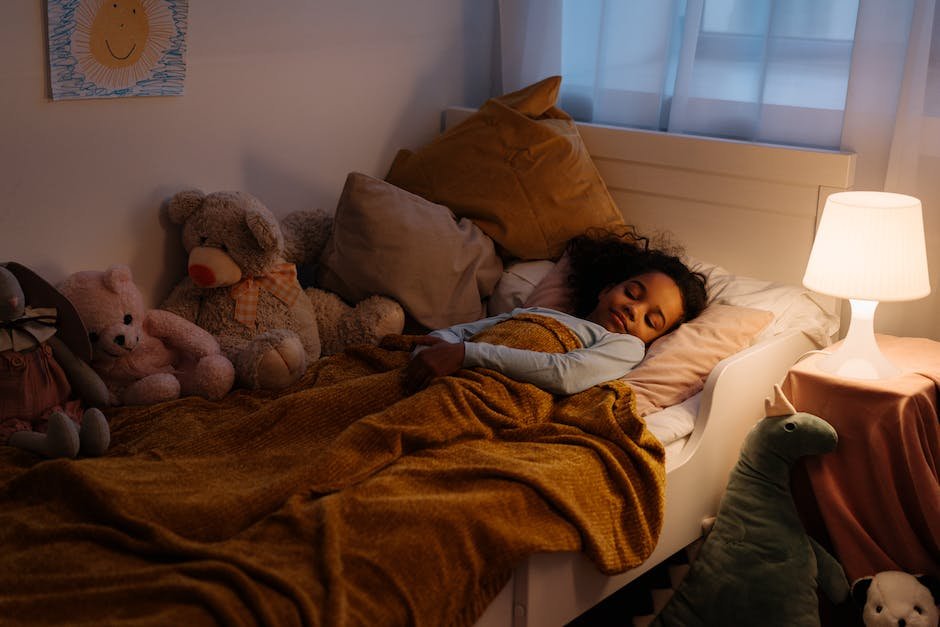
Approaches to Treat Sleep-Related Breathing Disorders in Autism
Sleep-Related Breathing Disorders (SRBD), such as sleep apnea, can greatly exacerbate sleep problems in children with Autism Spectrum Disorder (ASD). These disorders can cause interrupted sleep due to difficulties in breathing, resulting in frequent nighttime awakenings or light, non-restorative sleep. Here are some techniques and strategies to help manage SRBD in children with ASD.
One effective strategy is using Continuous Positive Airway Pressure (CPAP) Therapy. This treatment involves a machine that provides a gentle airflow, preventing the airways from collapsing and thus aiding in a smoother and uninterrupted breathing process. Keep in mind, introducing a CPAP machine might be challenging for children with ASD due to sensory sensitivity, but with patience and gradual introduction, it can be successfully implemented. If the child finds the mask uncomfortable, exploring other options like nasal pillows can be considered.
Apart from CPAP therapy, other options like oral appliances can be explored with the help of a pediatric dentist. These devices are designed to open a child’s airway by moving their lower jaw or tongue forward during sleep. Just like with the CPAP machine, gradual introduction and familiarization with the device is key here.
Another option is positional therapy, which encourages children to sleep in positions that can minimize the symptoms of SRBD, such as on one’s side or stomach. Children with ASD might need time to adjust to this new sleep position, hence using aids such as body pillows or wedges can be helpful.
While these interventions can be quite helpful, lifestyle changes should not be overlooked. Healthy diet and regular exercise can reduce the risk of obesity – a major risk factor for SRBD. Moreover, practicing good sleep hygiene habits such as keeping a consistent bedtime and wake-up time, having a wind-down period before bed, making the sleep environment dark, quiet, and cool can also assist in inducing calmer and deeper sleep.
In some cases, surgery might be needed to address anatomical issues such as enlarged tonsils or adenoids that are causing sleep apnea. However, this is usually considered as a last resort when all other treatments have failed.
It’s also worth noting that while melatonin supplements are commonly used to address insomnia in children with ASD, caution must be exercised when considering them for children suffering from SRBD. Melatonin can actually exacerbate certain types of SRBD, hence always consult a healthcare professional before starting any new medication.
Above all, ongoing communication with a child’s healthcare team is essential to finding the best sleep solutions. Regular sleep studies and consultations with sleep specialists, pediatricians, and other relevant healthcare providers are highly recommended to take a customized approach to the child’s sleep issue.
Lastly, remember the resilience of children, especially those with ASD. They have an amazing ability to adapt with time, and consistent effort can often lead to great improvements over time. Patience, compassion, and persistence can open up a path to a better night’s sleep for everyone in the family. So, although the journey might seem challenging, never lose hope. Better sleep is possible, and your family deserves it.
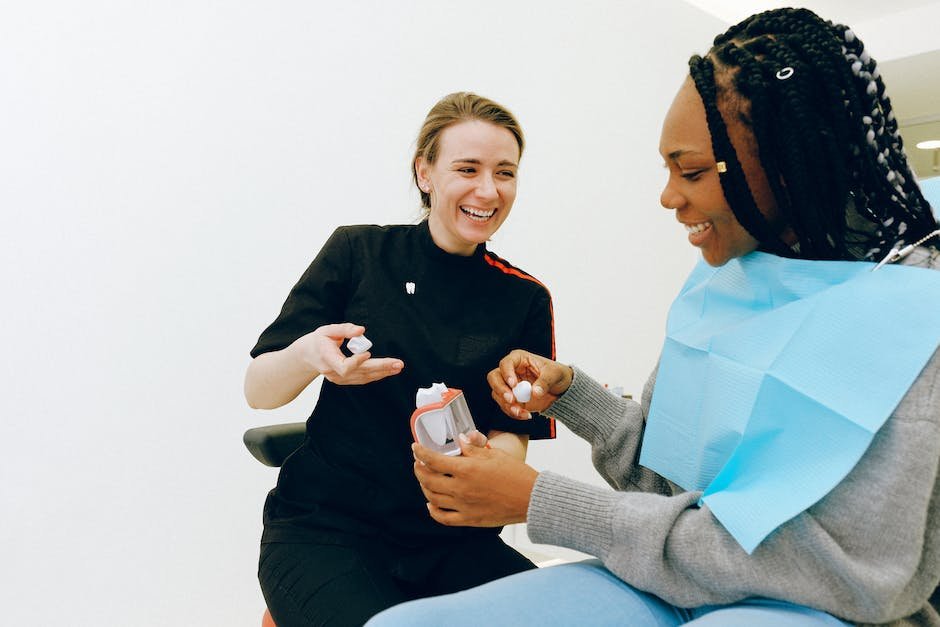
Through understanding and acknowledging the distinct yet intertwined relationships between Autism Spectrum Disorder and sleep-related breathing disorders, we can pave the path toward better wellbeing and quality of life for affected children. Providing parents, educators, and healthcare professionals with the knowledge about these conditions, their impacts on a child’s development and behavior, and the available strategies to tackle them, we are not just equipping them to address the immediate issue of disturbed sleep. We’re giving them the tools to enhance the overall life experiences of these exceptional young individuals. The insights shared are not meant to be an ultimate solution but a guiding light that can make the arduous journey of parenting a child with Autism Spectrum Disorder and sleep-related breathing disorders somewhat smoother.




